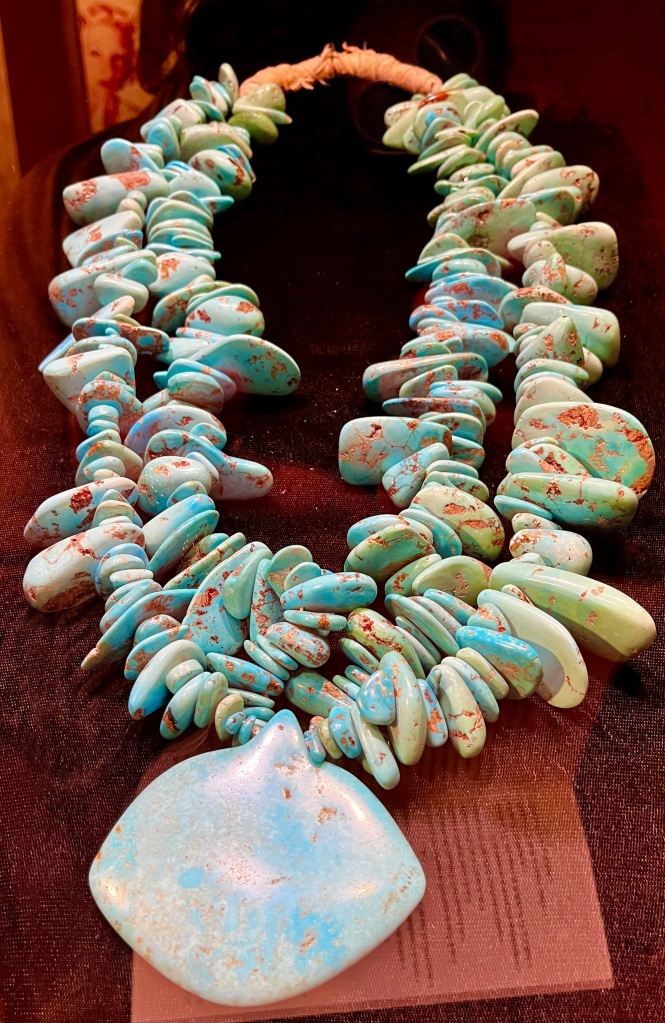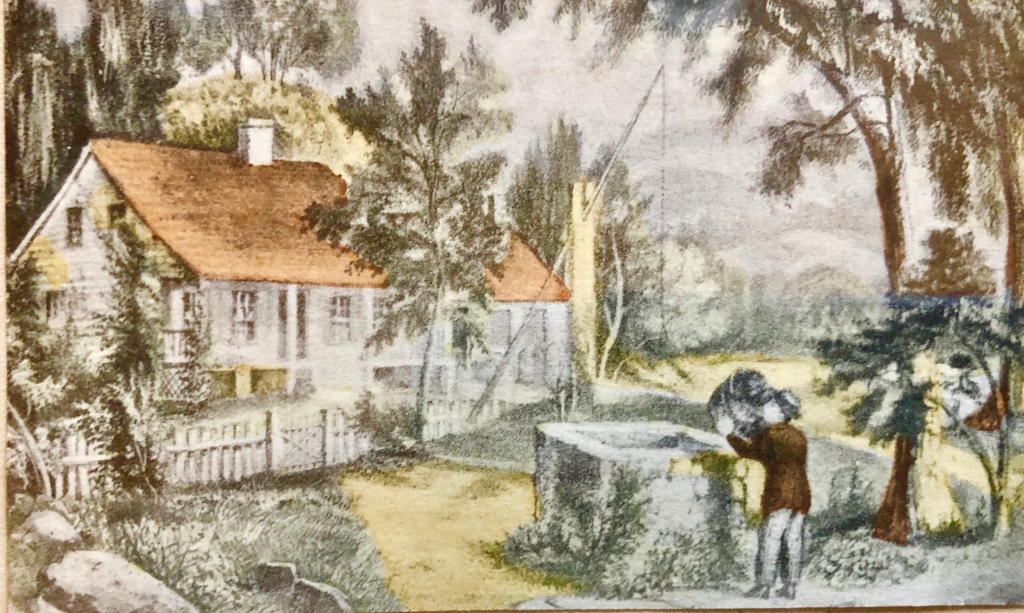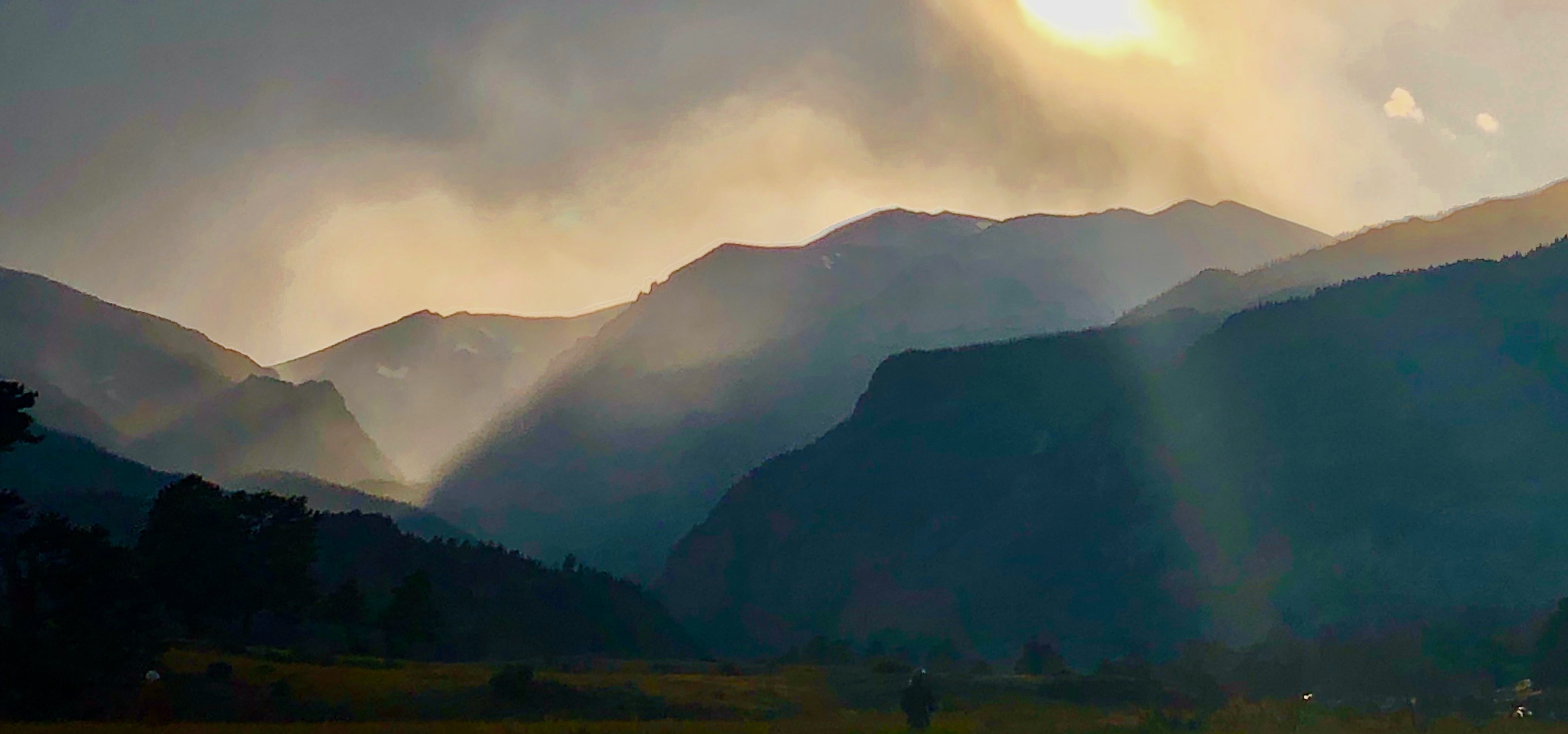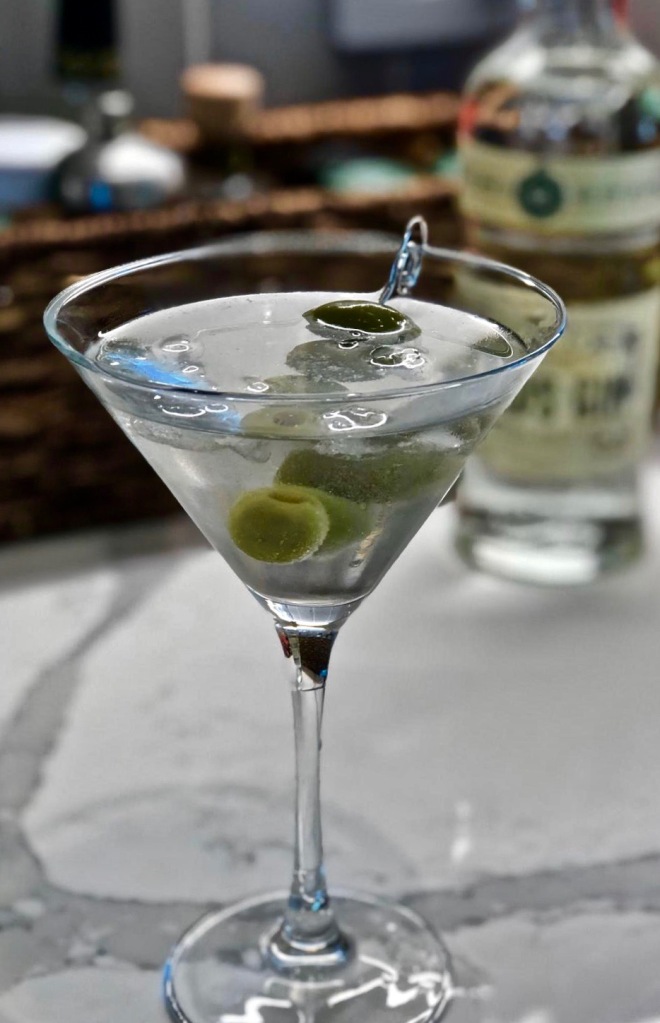Once, I was attacked by two pit bulls. The result was bruises and stitches. I’m not afraid of dogs. But I don’t love them unconditionally. And yet I know that dogs can be healers. Even abused and abandoned ones. My friend, Carla Walker, proves this to be true.
CARLA’S BEGINNINGS
Carla Gimbl was born in Germany, one year before the end of World War Two. She adored her Hungarian father who was seventeen years older than her German mother. Also in the home was an attentive but strong-willed grandmother who taught her the art and joy of cooking. Carla takes after her grandmother’s dominating spirit and cooking expertise.


Until she was eight-years-old, Carla lived across the street from where the Nuremburg war trials were held. There were no friends to play with. She didn’t particularly like other girls. She played with boys during the early schooling years. But, always, there were dogs around–a beloved Airedale Terrier, or German Shepherds, as her playmates and friends. She dreamed of owning a large property where she could live with dogs.
Tragedy struck on a foggy morning when her parents’ car collided head-on with a truck. Father was killed instantly and mother, although injured, survived. Carla wasn’t told of her father’s death until much later. It was her first experience with loss and abandonment.
Three months later, her mother married a wealthy European businessman. While their life style improved, Carla’s stepfather was indifferent and abusive. At fourteen, she ran away from home and lived on the streets until authorities sent her to juvenile reform school for two years. When her parents were finally contacted to take her home, Carla’s mother arrived in a fur coat, fully embracing a life of luxury, looked at the girl and said, “That is not my daughter. I have no daughter.” Again, abandonment and loss. Carla never forgave her mother and never looked back. She was on her own.
In the early 1960s, still in Germany and working in a bar, Carla met 22-year-old Charles Walker, a U.S. Air Force policeman. They married when Carla was nineteen. When they returned to the United States, the couple moved in with the extended Walker family in southern Georgia. Later Carla lived in Las Vegas while Charles was stationed in Vietnam. Those were wild partying years.
Then more tragedy.
Charles, a serial womanizer throughout the marriage, pushed Carla down a flight of stairs in her sixth month of pregnancy. She gave birth to a daughter, prematurely, who did not survive. This loss was a turning point for Carla. She was finished with people. People only disappointed and hurt her.
By her own admission, Carla feels a strong bond with dogs, particularly stray dogs, as she sees the parallel between homeless animals and her own life. Living on the streets, abandoned, and surviving by resilience and grit. After her infant daughter died, she buckled down in fierce independence to live without asking for help or depending on anyone.
Carla filed for divorce after moving to Greece. Various jobs followed over the next decades. It wasn’t easy, but she supported herself as a bar maid paid on commission for drinks sold, cleaned houses for foreigners, babysat children. Her best paying job was with a large pharmaceutical company where she planned, shopped, cooked, and served food for all of their events and parties. The company eventually moved its base to Dubai. Carla was paid a large separation package, and then spent it all.


When the American military base closed in Athens in 1988, the stray dog problem in Greece began. As families left the country, dogs were abandoned on the airport tarmac. Carla found them wandering around loose and starving. She started bringing them home. The first rescued dogs were adopted by families in Europe.
In the early 2000s, Carla began her business of boarding dogs. She moved to the rural outskirts of Athens where she rented a property with land and outbuildings. She had kennels built to her specifications in a former horse stable. She took in dogs and they went home happy. Her reputation spread. People brought her strays or dogs whose owners had died. She was alone, without people in her life, but happily taking care of and living with her four-legged friends.
CARLA AND CABBY BEGINNINGS
I have known Cabby Tennis and his wife Maddy Hewitt for more than 30 years. We first became friends in Taipei, Taiwan with overseas school jobs and young families at Taipei American School. Cabby and Maddy are dog people. Now they live in Athens, Greece, travel often, but cannot always take their pet.
In 2019, after some unfortunate boarding experiences with their German short-haired pointer, Chop, a colleague of Maddy’s mentioned a woman named Carla Walker had a dog kennel outside the village of Markopoulo. Cabby took Chop out to the countryside to meet Carla. As they talked, Chop sat at Cabby’s feet in front of Carla. She stroked his ears. He closed his eyes and leaned into her. The connection was made. Chop’s first boarding at the dog kingdom equaled happy dog and happy owner.
Soon after, Carla told Cabby she had to move and dissolve her business as the owner was selling the property. She sourced another property nearby, on a hill with wide-open views, and an orchard of olive trees. The grove was overgrown, the house vacant and stripped of everything by squatters and gypsies. It was literally four walls and a leaky roof.
Cabby, not about to walk away from the best boarding experience for Chop, insisted that together he and Carla could refurbish the house and property for her menagerie, numbering over twenty dogs. And so, a working partnership between two dog lovers began.
With Cabby’s intrepid can-do spirit, he and Carla [and Chop] worked for months installing plumbing, appliances and fixtures, doors, windows, and repairing the roof. They built fences for the dog yard and the orchard, created gates, and a garden area.


In 2020, Carla moved her furnishings and the dogs to “The View House” as she aptly named it. The collaboration between Cabby and Carla continued. They worked side by side with her tools [she taught him how to weld] and his heavy lifting to continue making improvements on the house and land. Of course, the work is ongoing and there is more to be done.*
CARLA’S ABSOLUTES
Every animal whisperer is made of something the rest of us don’t really understand. Carla’s complete focus is on the dogs rather than herself. She is alert, attentive, and vigilant to their individual needs. The love between animal and human goes both ways.


There is knowledge behind her diligence and devotion. While living in the U.S., Carla studied Dog Psychology and Canine Nutrition for three years. Each animal receives one-on-one time. They seek her out for attention, taking turns, and reflecting adoration back on their caregiver.


All of this comes from a well-honed formula Carla calls her Absolutes with Dogs. They must unfold in a precise order: 1. Rules established. 2. Discipline. 3. Respect for her and each other. After this, love comes automatically.
CARLA AND CABBY COLLABORATION
These two remarkable people are as different as they are alike. Carla is tiny and petite. She is playful and feisty and readily shares strong opinions. Cabby is a very tall athletic-framed man with a calm, reassuring demeanor. Seeing them stand next to each other is a contrast of proportions.


Carla has smoked cigarettes since childhood and has the husky voice of an ingrained habit. Her laugh is deep, resonant, and engaging. Cabby has continued to work out and row competitively since his university crew years. His wide smile surfaces easily, especially when telling a story, which he does often, and well. The circumstances under which Carla and Cabby grew up could not be more different–an abandoned street urchin in Germany versus a loving two parent, four child household in America.



Similarities are notable as well. Carla and Cabby each possess a steely strength of character and self-assurance that runs to their very core. They share a strong work ethic that brings joy and a keen sense of accomplishment to every job done. It is the reason to get up another day and tackle unfinished projects. They are head-over-heels for anything “dog oriented”. When Chop died of old age, several summers ago, Cabby had a commemorative headstone built for the orchard.


Here is where relationships between people are not as easily delineated as between Carla and her dogs. By the time she turned 80 in February of this year, Carla lived decades making independent decisions, getting things done on her own in her own way without consulting anyone. Cabby, whom I have written about in other stories, is a Renaissance man with a multitude of gifts and talents. He can, and does, accomplish anything he decides is a task worth doing. He has a bottomless reservoir for giving time to others. People are drawn to his honest, ready assistance and hands-on approach.
Jumping in to help Carla set up and move into the View House is completely within Cabby’s character. But he was caught off guard by how this affected Carla’s independence, guardedness, and wariness in engaging with, or trusting, another person. He simply acts on what he thinks… let’s fix this.
Thankfully, for Carla, this was a karmic blessing of the right timing with the right person in the right place.
Four years later, Carla and Cabby continue to work toward the goal of creating the very best dog kingdom in Greece. They have overcome challenges, resolving friction and disputes mostly about how to accomplish things. Two strong individuals with their own opinions have each learned to listen with more patience and compassion.
I asked Carla and Cabby, separately, what has changed during this working friendship. Carla said that Cabby has become like a soul mate. He opened her to realize that not all people with whom you grow close are going to hurt you or let you down. “Cabby has very good energy. He told me when he wakes up in the morning, he says to himself, ‘I’m going to be happy today.’” When he goes home at the end of a Carla-work-day, she often feels the positive energy departing with him. She is not wired to wake up with optimism but she responds to it through Cabby.
Cabby, a man motivated by his “fix it, can-do” ethic, who has ideas on how to do almost everything, admits to developing humility from working with Carla. He has found a pathway for being more patient and listening completely before offering his own ideas. He understands the need for learning the back story behind her decisions and respecting her skill sets. It’s not just about putting his head down and barreling through to complete the next task.
All of this has led to the very best outcome for Carla and the dog kingdom. Carla feels validated and loved in her relationship with both Cabby and Maddy. There is mutual respect. And there is true, deep, loving friendship. As Carla told me, “Cabby has made me softer. He was God’s gift when I was in a difficult situation.”
Dogs are Carla’s mission in life, her reason for being, and her touchstone to her own humanity. She has created a place of reciprocal need and love while living the life she envisioned as a child with a house and land for her animals.
From their first encounter, as Chop leaned into Carla’s soothing touch, it was clear to Cabby that this woman was living life in joyful, meaningful work, founded on ability, confidence, and contribution. By adding his labor and caretaking, Cabby mirrors back to Carla the importance, the value, and the beauty she brings…all for the love of dogs.
ADDDENDUM
*WORK STILL TO BE DONE
Carla is ready to take on next steps. She is not acquiring any more strays or young dogs to raise, but she would like to board dogs again for financial reasons. The construction of kennels, by Carla’s design, is a very large project requiring funding for materials and labor. There is also the ongoing maintenance of her own dogs.
If, by reading this story, you can help with kennel construction, supporting dogs with food, flea/tick collars for the tribe, veterinary care, or unforeseen health needs, there is an easy way to contribute to the program.
In the U.S., a Venmo account, @Dog-Kingdom, has been set up for Carla and the dogs. Below is the QR code to the account in Cabby’s name. If reading on the computer, scan the code with your phone camera to link to Venmo. If reading this on your phone, hold your finger on the black square for several seconds and you will be directed to Venmo. When making a contribution, please include your name and email address in the notes. This will be kept confidential, but we would like to be able to thank you personally.
If you would like to make a contribution in Euros to the bank account in Athens, Greece, please contact either Cabby at cmdkwalker46@gmail.com or Wendy at windowtoalifeoverseas@gmail.com for the transfer information. Lastly, if a check is your preferred donating method, contact Wendy for a mailing address.
FUN PHOTO GALLERY





Other stories featuring Tennis/Hewitt connection and friendship: Transcendent Picnics, A Guest Room Under the Porch, We All Need the Eggs


































































































































































































































































































































































































































































































































































































































































![the basics–flour, water, yeast, sugar [not pictured], and salt](https://atasteofmind.files.wordpress.com/2019/05/img_1101.jpg?w=676)
























































